While Machu Picchu draws millions of visitors annually to its iconic stone structures, Peru harbors countless other archaeological treasures that remain largely undiscovered by international tourists. These lesser-known ruins often provide more authentic experiences, free from crowds and commercial development, while revealing fascinating chapters of pre-Columbian history.
Here is a list of 20 remarkable ancient sites across Peru that deserve greater recognition and offer intrepid travelers an opportunity to explore the country’s rich archaeological heritage beyond the typical tourist circuit.
Chankillo
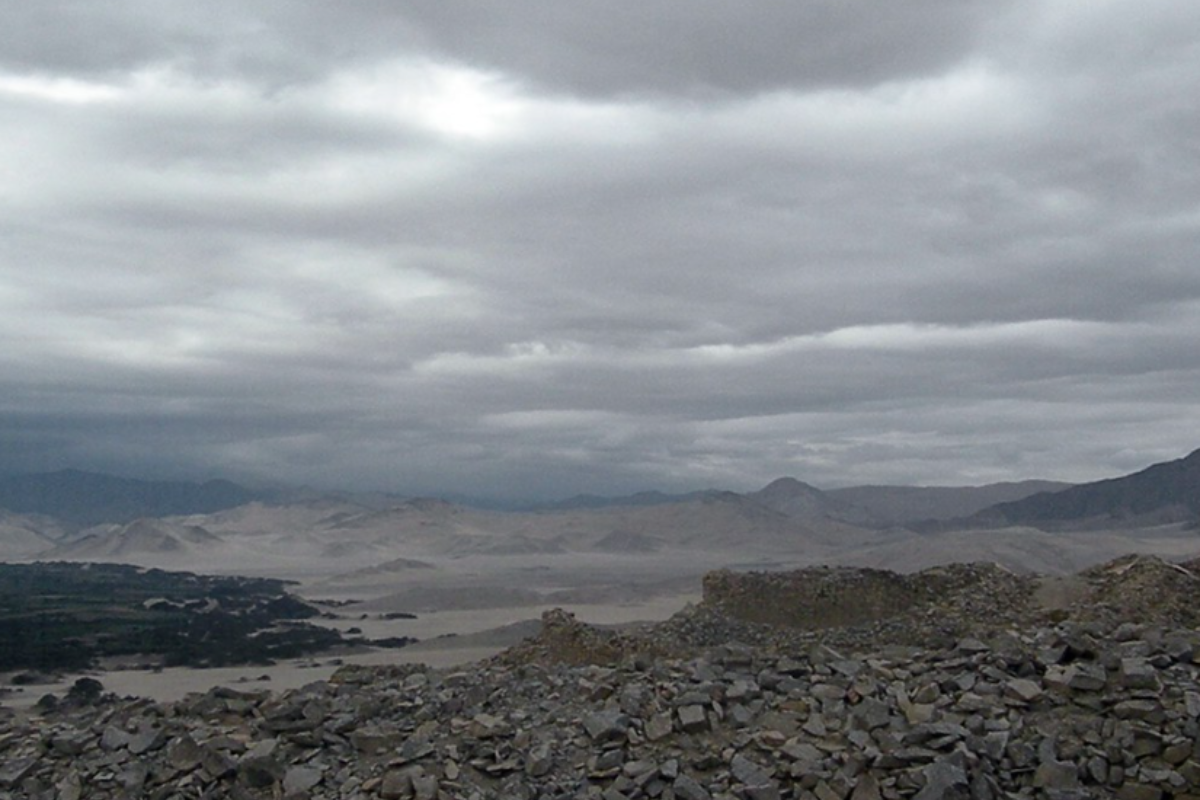
Rising from the coastal desert stands the oldest astronomical observatory in the Americas, dating back an astonishing 2,300 years. This fortified temple complex features 13 stone towers precisely aligned along a ridge to track the sun’s annual journey, functioning as a sophisticated solar calendar recognized by UNESCO as a World Heritage Site in 2021.
Visiting during the summer or winter solstice allows you to witness how the rising sun aligns perfectly with the outermost towers, just as it did for the astronomers who carefully positioned them over two millennia ago.
Kuélap
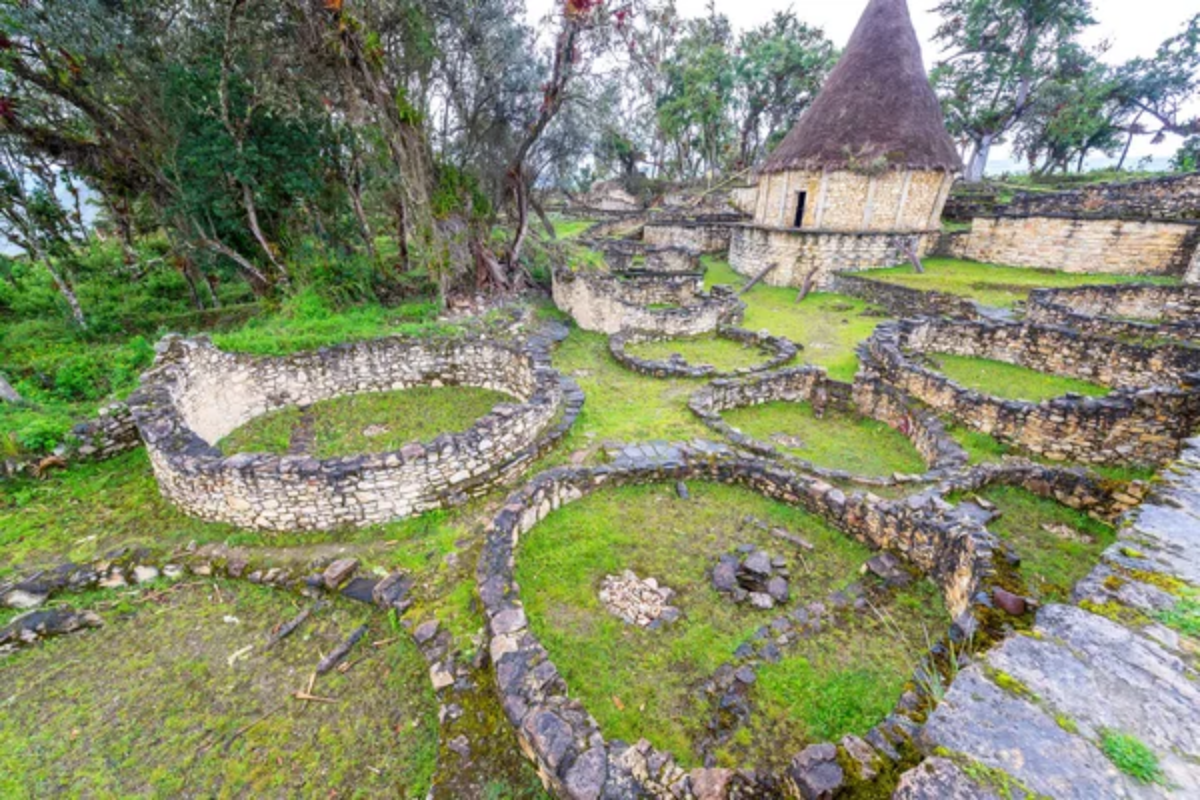
Perched at 10,000 feet above sea level in northern Peru’s cloud forests stands a massive stone fortress built by the Chachapoya culture—known as the ‘Warriors of the Clouds.’ This 110-acre citadel features 65-foot walls containing over 400 circular stone buildings that once housed up to 3,000 inhabitants, with the recent installation of a cable car system making the site more accessible while the remote location still keeps mass tourism at bay.
The surrounding cloud forest adds an ethereal quality to the experience, with mist frequently rolling through the ancient stone structures to create an atmosphere that feels untouched by modern times.
Like Travel Pug’s content? Follow us on MSN.
Chavín de Huántar
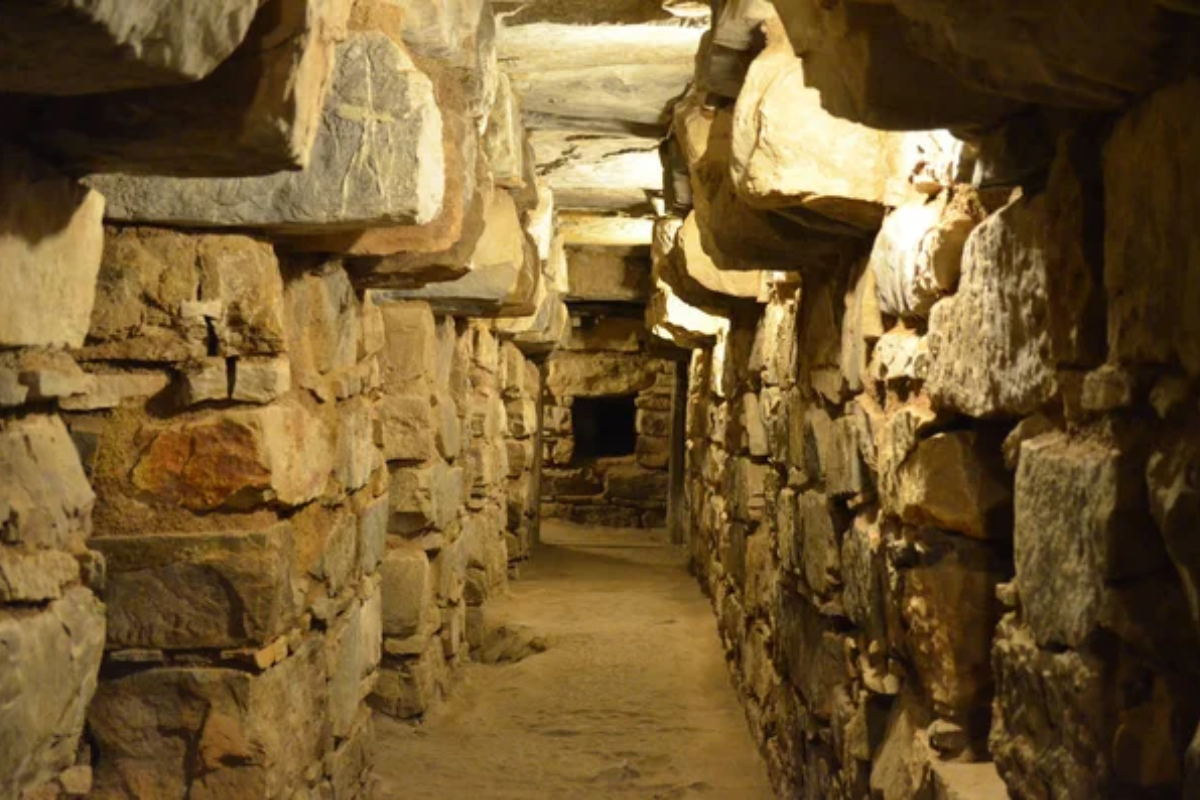
Hidden in the Andean highlands, this UNESCO World Heritage site represents one of Peru’s most influential early civilizations, predating the Inca Empire by nearly 2,000 years. The temple complex features sophisticated engineering, including an elaborate system of underground passageways and water channels that could produce dramatic sound effects during ancient ceremonies, while at its heart stands the imposing Castillo containing the famous Lanzón monolith—a 15-foot granite sculpture of a fanged deity.
Despite its historical significance, the site’s remote location about 160 miles northeast of Lima keeps visitor numbers remarkably low compared to more accessible ruins.
Caral
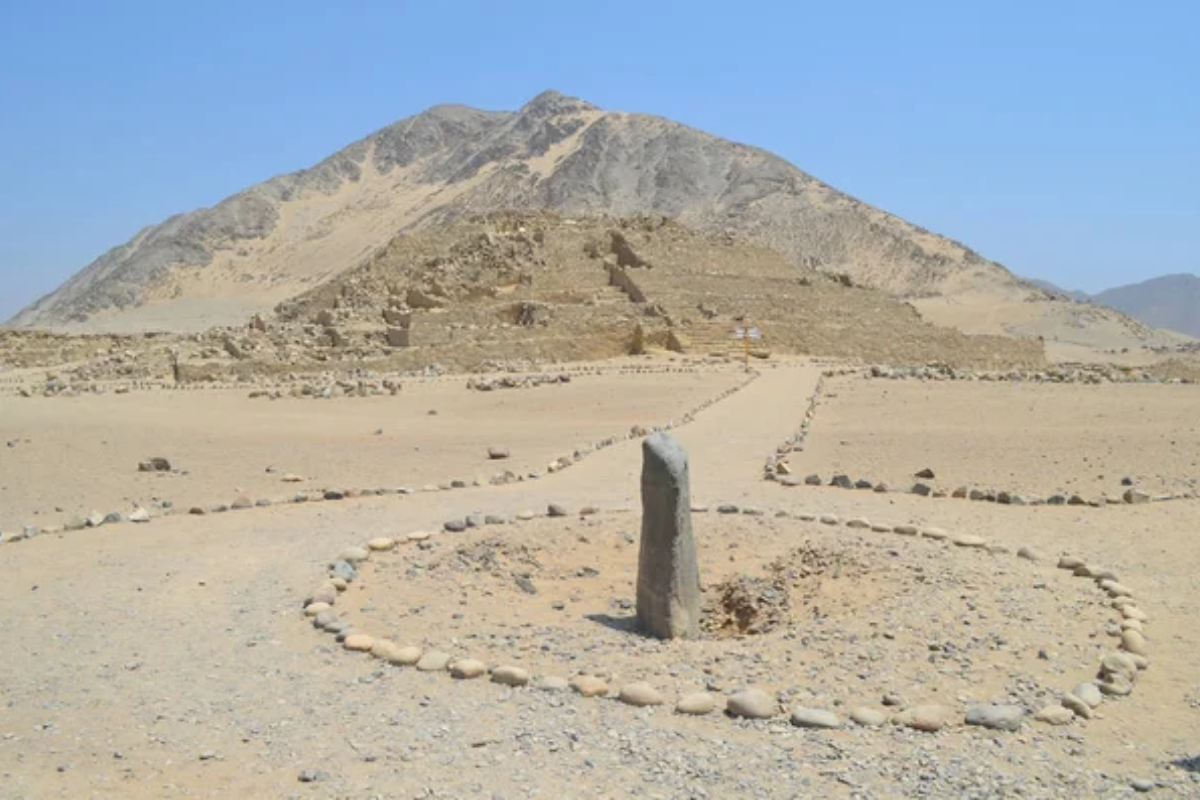
Rising from Peru’s arid Supe Valley stands the oldest urban center in the Americas and contemporary of ancient Egypt’s pyramids, yet it remains virtually unknown to most international tourists. Carbon dating proves that Caral’s construction began around 2600 BCE, making it approximately 4,600 years old—a discovery that fundamentally changed our understanding of early civilization in the Western Hemisphere.
Despite receiving UNESCO World Heritage status in 2009, the site typically sees just a handful of visitors daily due to its location about three hours north of Lima on roads less traveled by tour companies.
Chan Chan
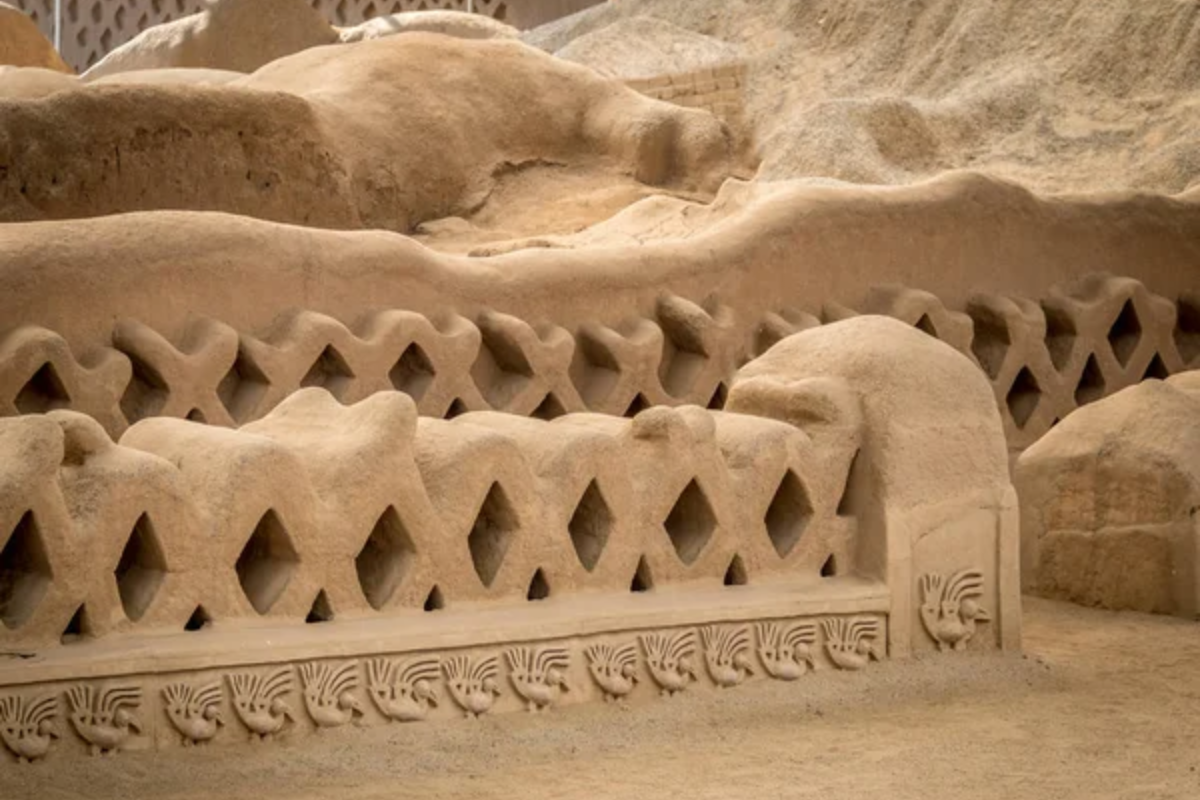
Sprawling across 14 square miles near modern Trujillo lies the world’s largest adobe city, constructed by the Chimú civilization between 850-1470 CE before their conquest by the Inca Empire. This UNESCO site features nine walled citadels called ciudadelas, each containing temples, residential quarters, and elaborate water management systems that supported urban life in the desert environment.
Though technically on the tourist map, the vast majority of visitors see only a small reconstructed section, leaving the site’s more remote compounds virtually deserted and available for peaceful exploration.
Like Travel Pug’s content? Follow us on MSN.
Túcume
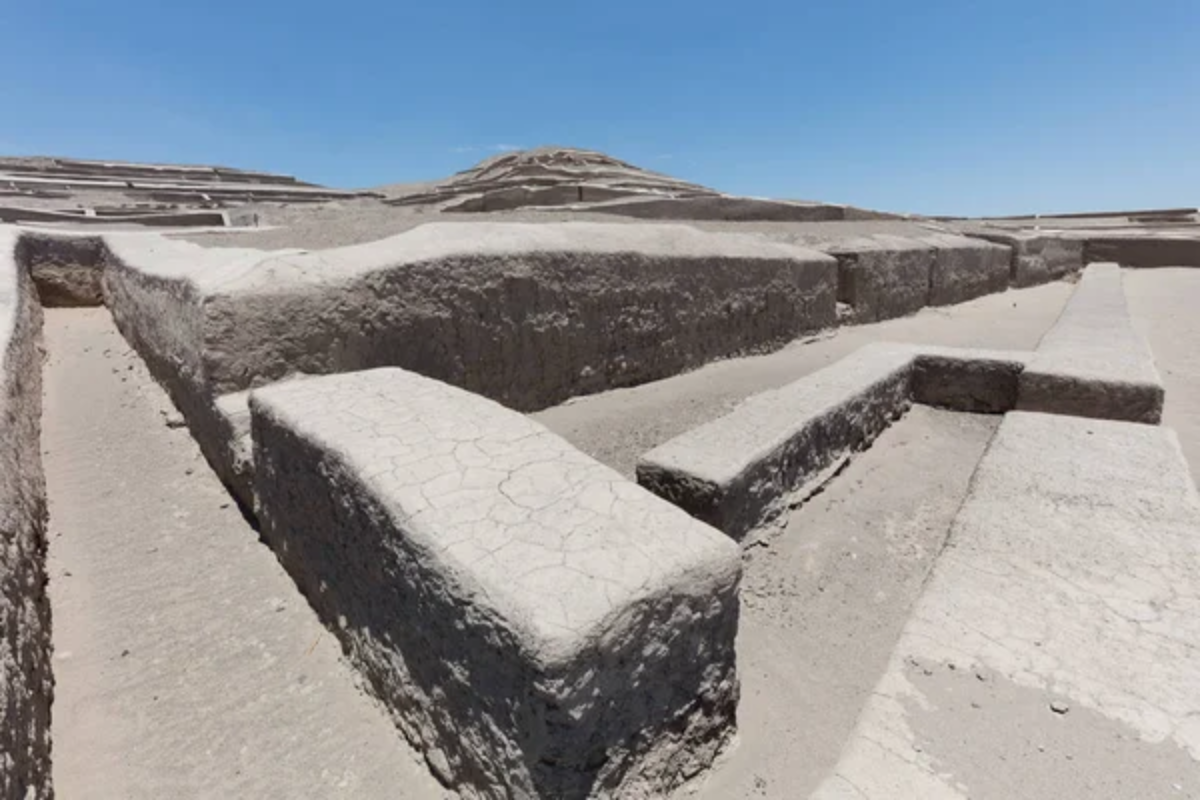
Rising dramatically from the coastal plains of northern Peru, this vast archaeological complex contains 26 adobe pyramids dating primarily to the Lambayeque culture (800-1350 CE), creating an otherworldly landscape often referred to as the ‘Valley of the Pyramids.’ Local guides can lead visitors through rarely explored sections of the 540-acre archaeological zone, including ceremonial plazas, residential compounds, and sacred precincts that reveal the sophisticated urban planning of pre-Columbian coastal civilizations.
Climbing to the lookout on Cerro Purgatorio provides a breathtaking panoramic view of the entire pyramid complex while offering insight into why this location held such spiritual significance for ancient Peruvians.
Huaca de la Luna
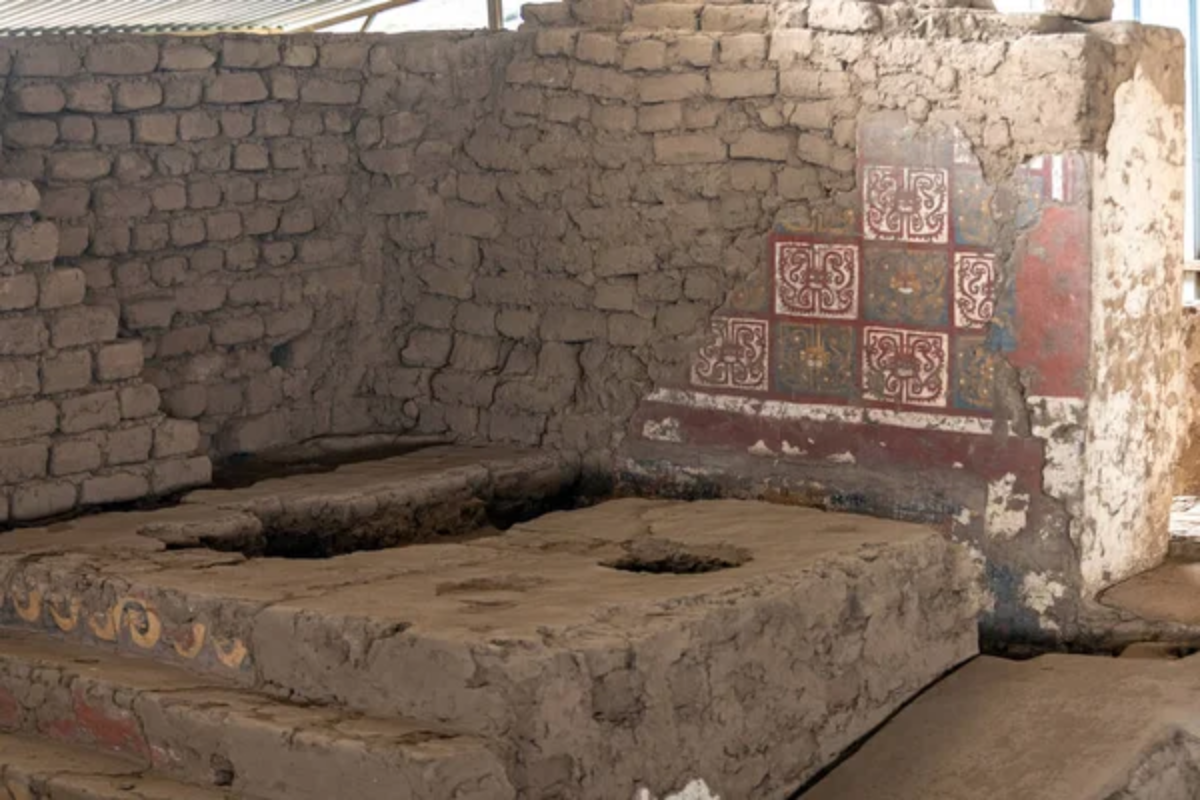
Standing in the shadow of a sacred mountain near Trujillo, this remarkably preserved Moche ceremonial center contains some of Peru’s most spectacular ancient murals, with vibrant colors still visible after 1,500 years. The site’s most impressive feature is the polychrome frieze of the mythological ‘Decapitator God,’ depicted in brilliant yellows, blues, whites, and blacks across a massive temple façade that remained buried until recent decades.
Archaeological evidence, including the discovery of over 40 sacrificial victims, reveals the site’s importance for Moche ritual practices that included human sacrifice during times of environmental stress.
Huaytará Church
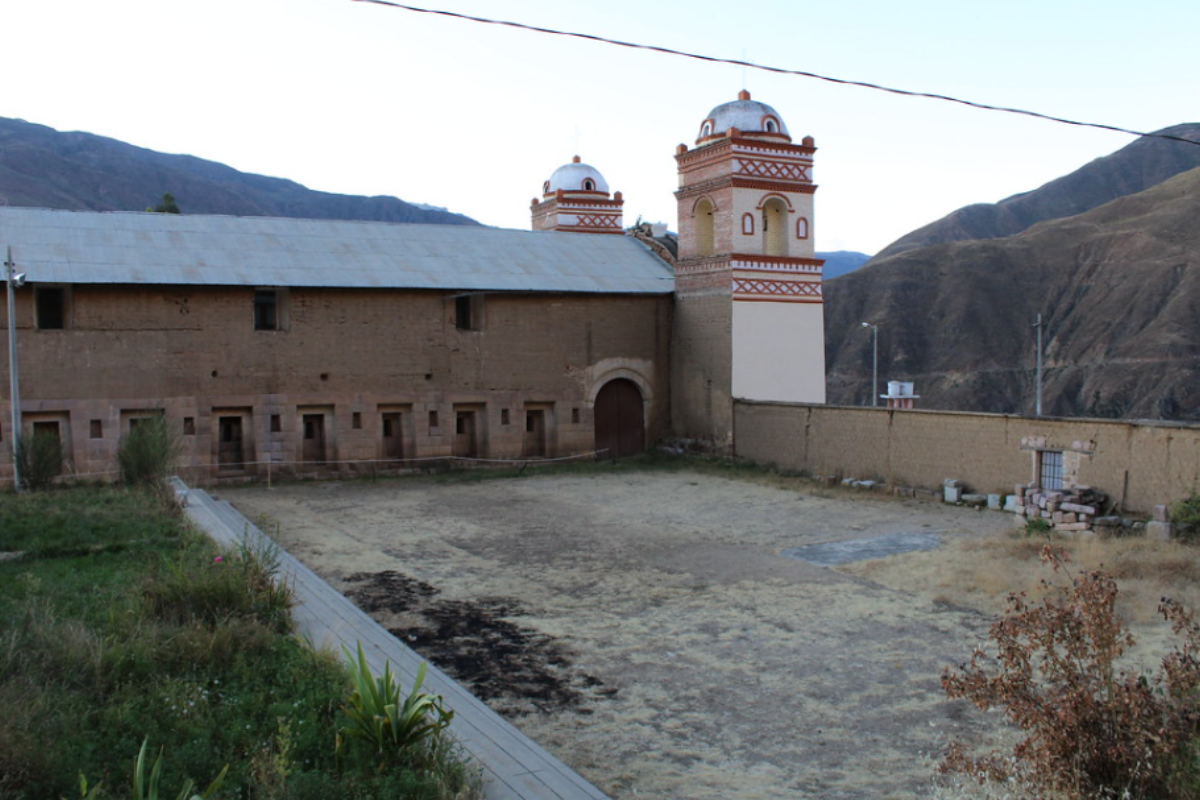
Perched high in the Andean highlands stands one of the most remarkable examples of colonial-indigenous architectural fusion, where a 16th-century Spanish church was built directly atop and incorporating an intact Inca temple. Despite being relatively accessible from the Ica-Ayacucho highway, this architectural marvel receives few international visitors, leaving explorers often completely alone to discover the site’s remarkable features.
The interior contains both Christian elements and preserved Inca niches and stonework, offering a profound illustration of how Spanish colonizers literally built their religious structures upon the foundations of indigenous spirituality.
Like Travel Pug’s content? Follow us on MSN.
Waqrapukara
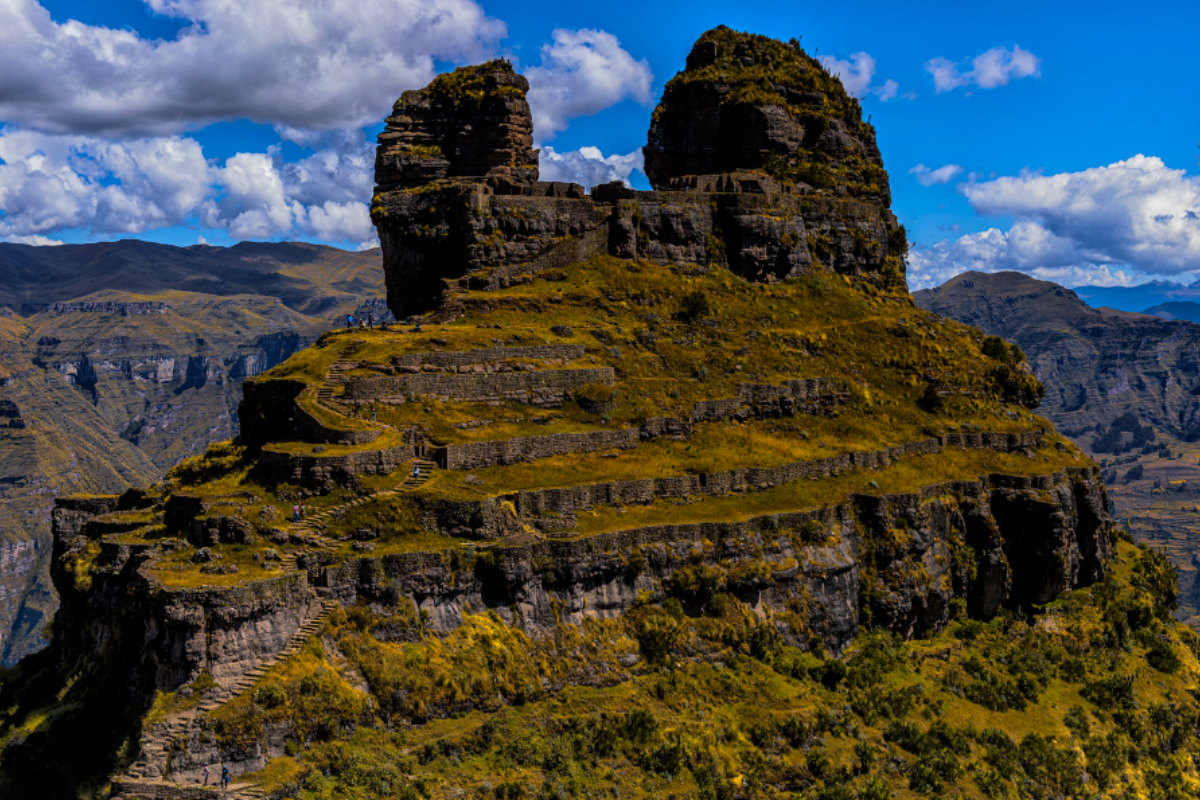
Dramatically positioned atop twin mountain peaks connected by a natural stone saddle, this remote Inca fortress-temple offers perhaps the most spectacular setting of any archaeological site in Peru yet remains virtually unknown to international tourists. Reaching the ruins requires a challenging 4-hour hike from the nearest road, climbing nearly 2,000 feet through breathtaking Andean landscapes that have changed little since Inca times.
Unlike more famous sites, Waqrapukara has no entrance fee, no guards, and often no other visitors, allowing for a deeply personal connection with this extraordinary place that seems to float among the clouds.
Choquequirao

Often called ‘Machu Picchu’s sacred sister,’ this massive Inca complex remains 70% unexcavated and receives fewer visitors in a year than Machu Picchu welcomes in a single day despite similar scale and architectural splendor. Reaching Choquequirao requires a strenuous two-day trek through the spectacular Apurimac Canyon, effectively filtering out casual tourists and preserving the contemplative atmosphere that has disappeared from more accessible Inca sites.
Among the site’s most remarkable features are terraces decorated with white stone llamas arranged in rows against the green hillside—an artistic element not found at other major Inca sites.
Vilcashuamán

Rising from the heart of the Ayacucho region stands a remarkably intact Inca administrative center built atop earlier Wari foundations, featuring one of the best-preserved usnus (ceremonial platforms) in the Andes. Despite its historical significance as a major provincial capital along the Qhapaq Ñan (Inca road system), the site receives few international visitors due to its remote location and the region’s historical association with the Shining Path insurgency, though the area has been peaceful for decades.
The most impressive structure is the Templo del Sol y La Luna, where colonial builders constructed a church directly atop an Inca ceremonial building, preserving much of the original indigenous stonework.
Like Travel Pug’s content? Follow us on MSN.
Marcahuamachuco
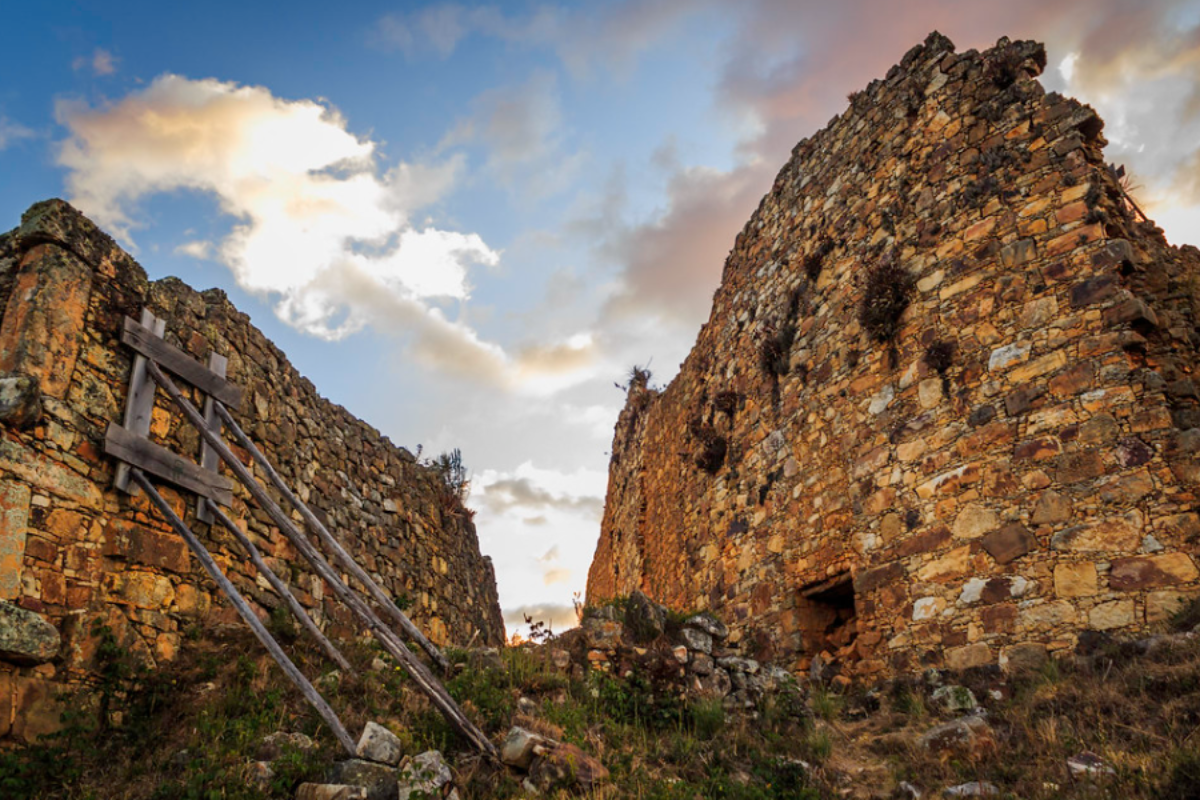
Sprawling across a mountain ridge in northern Peru stands what archaeologists have called ‘the Machu Picchu of the north,’ a massive pre-Inca urban center constructed by the Huamachuco culture between 400-800 CE. The site’s massive circular structures and 40-foot defensive walls stretch for nearly two miles along a naturally fortified plateau, containing ceremonial galleries, residential compounds, and elaborate burial chambers that reveal sophisticated architectural knowledge.
The breathtaking location at 11,800 feet elevation offers panoramic views across the surrounding valleys and mountains, making clear why this defensible position was selected for one of ancient Peru’s most important urban centers.
Huánuco Pampa
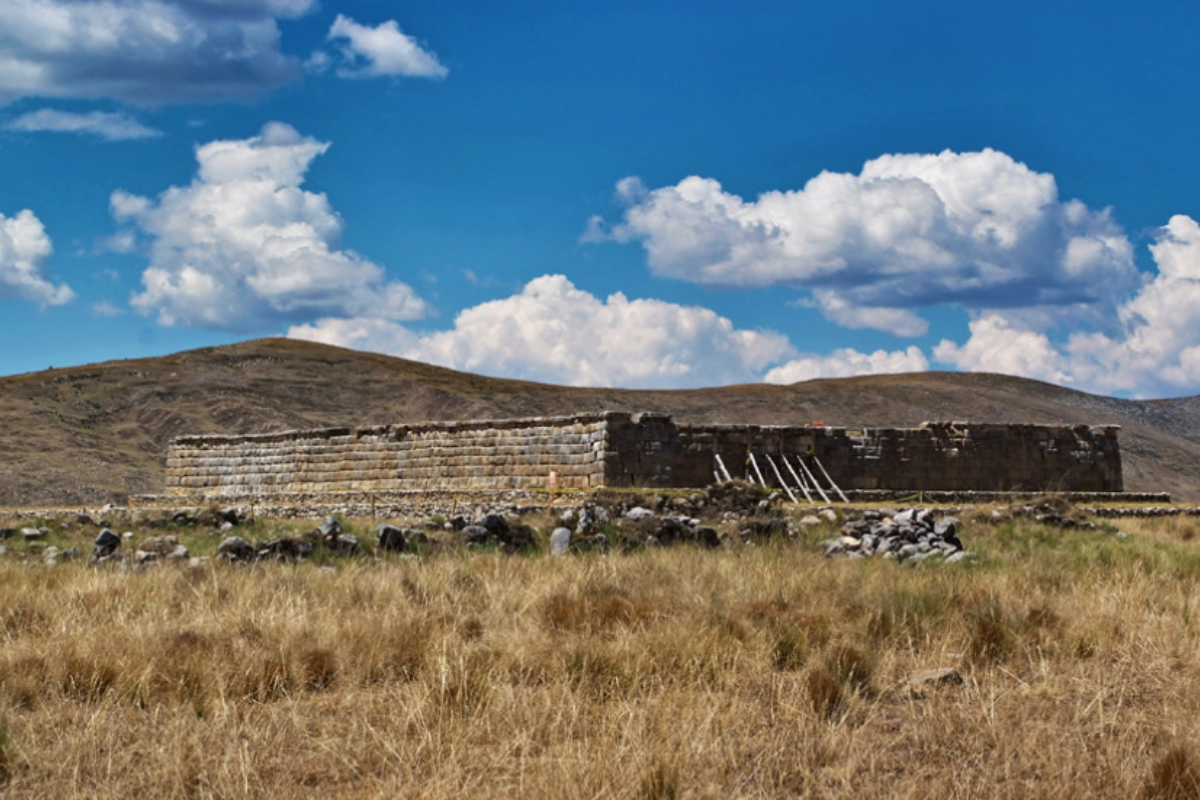
Spread across a high Andean plateau stands one of the largest and best-preserved Inca administrative centers, featuring over 4,000 structures arranged around what may be the largest intact Inca plaza in existence. Despite its archaeological significance and accessibility via a reasonably good road, the site typically stands empty of tourists, allowing visitors to wander freely among storehouses, administrative buildings, and ceremonial structures without encountering another person.
The high-altitude setting at 12,140 feet creates a harsh environment where preservation is exceptional, leaving intact architectural details that have disappeared at more heavily visited and restored Inca sites.
Pikillacta
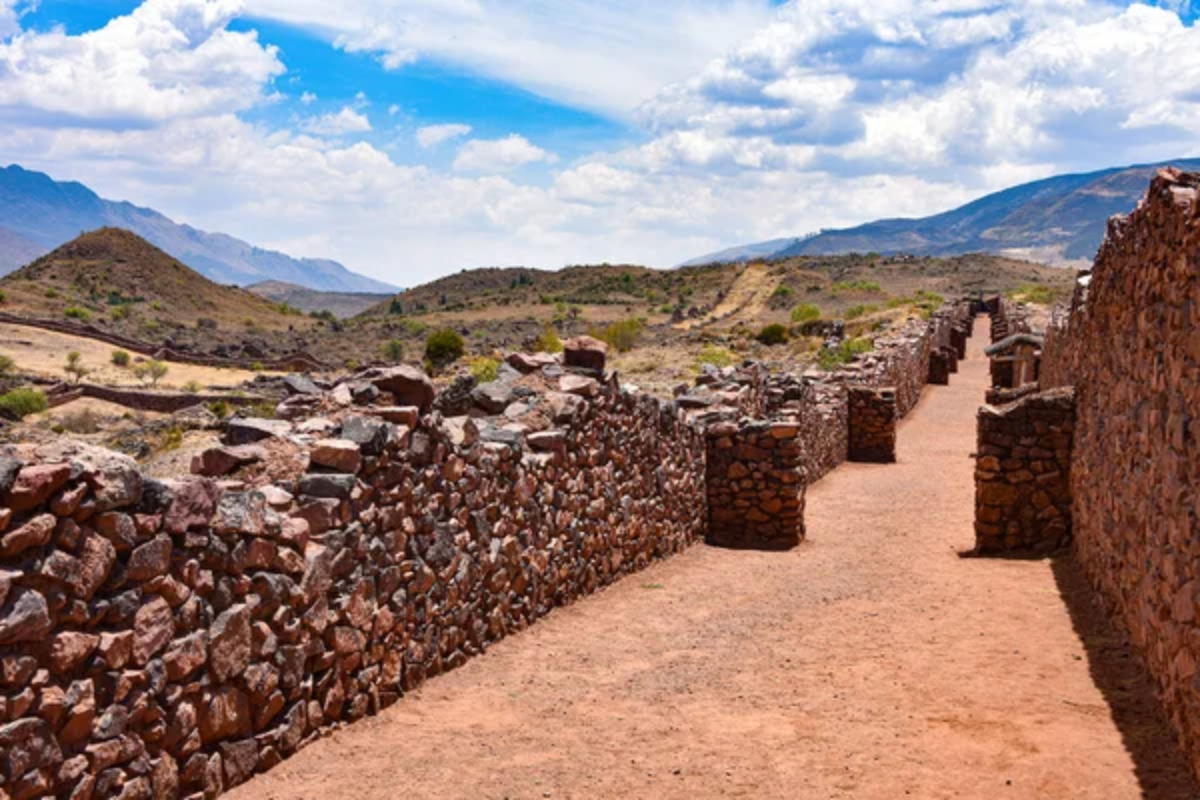
Sprawling across the Lucre Basin near Cusco lies one of Peru’s most impressive pre-Inca urban centers, built by the powerful Wari culture who dominated much of the Andes from 600-1000 CE before the rise of the Inca Empire. This massive planned city covers nearly one square mile with a rigid grid layout featuring over 700 structures, including towering multi-story buildings, administrative compounds, and residential sectors that once housed thousands of inhabitants.
Despite being located just 20 miles from Cusco, Pikillacta receives remarkably few visitors compared to nearby Inca sites, leaving its impressive stone corridors and plazas often completely deserted.
Like Travel Pug’s content? Follow us on MSN.
Huaycán de Cieneguilla
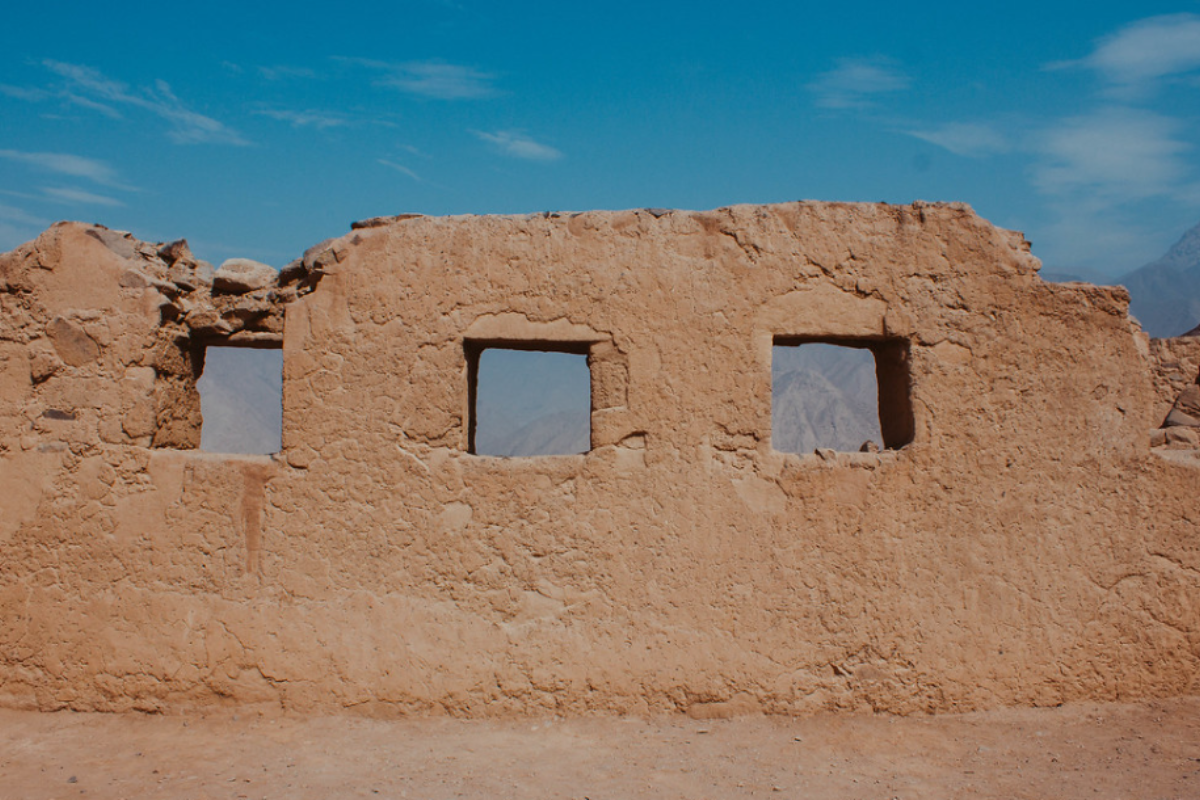
Hidden in a valley just 25 miles from downtown Lima lies a remarkably preserved complex built by the Ichma culture before their incorporation into the Inca Empire around 1470 CE. The site features distinctive adobe architecture, including remarkably intact friezes, niches, and a rare surviving example of a double-jamb doorway—an architectural feature usually associated with high-status structures in ancient Andean civilizations.
Despite its proximity to Peru’s capital city and easy accessibility, the site receives primarily local visitors rather than international tourists, who generally remain unaware of Lima’s rich archaeological landscape.
Puruchuco

Nestled on Lima’s eastern edge stands one of the most completely restored pre-Columbian administrative centers on Peru’s coast, offering insights into how local lords governed under Inca imperial control during the 15th century. Despite meticulous restoration and an excellent on-site museum housing artifacts recovered from the associated cemetery, the site receives primarily school groups and local visitors rather than international tourists.
The careful restoration allows visitors to experience the spaces much as they would have appeared in the 15th century, with reconstructed roof elements and entryways creating a more complete picture than the partial ruins typical at most archaeological sites.
Wilkawain

Standing in the shadow of Peru’s highest mountains near the city of Huaraz, this remarkably preserved three-story stone temple complex was constructed by the Wari culture between 600-1000 CE. The site’s most distinctive feature is its sophisticated ventilation system with internal air channels that regulate temperature throughout the structure—an engineering achievement rarely seen in ancient architecture.
The temple’s interior chambers remain accessible, allowing visitors to explore the three vertically stacked levels connected by narrow passageways that likely served different ceremonial functions related to Wari cosmological beliefs.
Like Travel Pug’s content? Follow us on MSN.
Huaca Pucllana
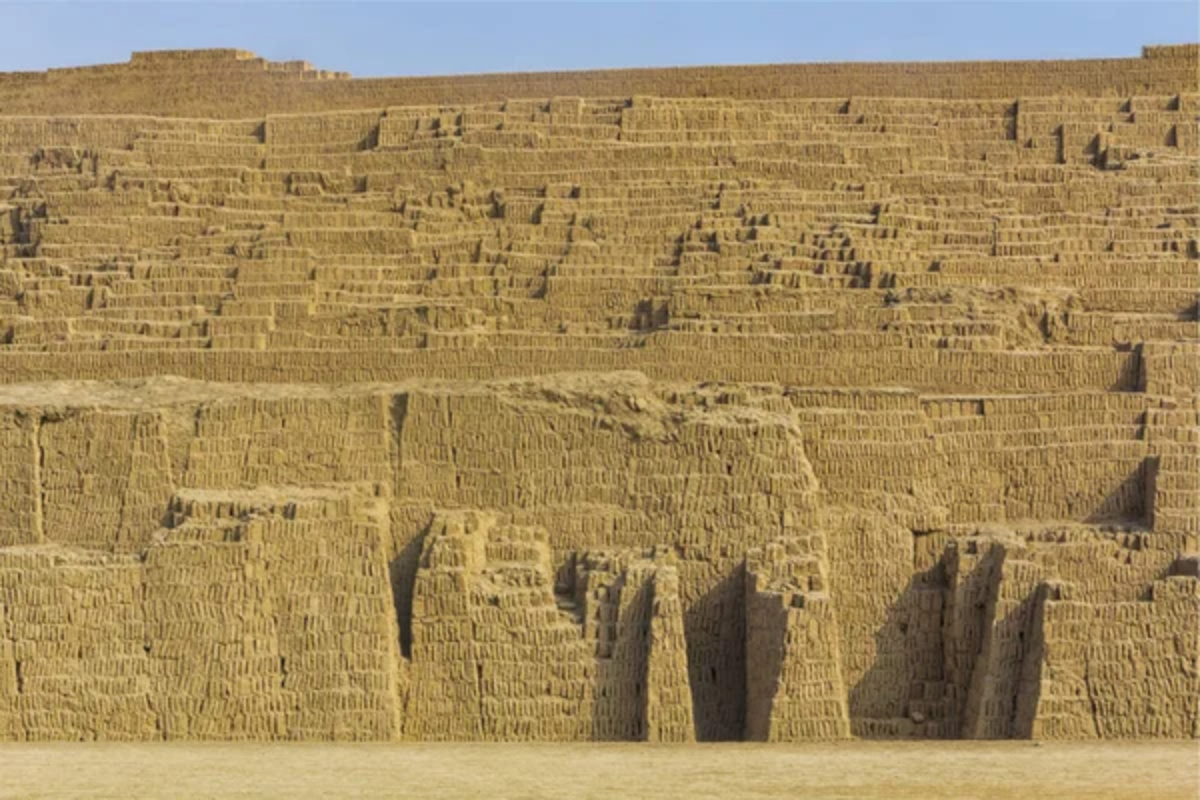
Rising dramatically from one of Lima’s most upscale neighborhoods stands a massive adobe pyramid that predates the city surrounding it by over 1,400 years yet remains overlooked by most international visitors to Peru’s capital.
The site’s construction technique—using millions of handmade adobe bricks placed vertically with space between them like books on a shelf—created a remarkably earthquake-resistant structure that has withstood centuries of seismic activity in one of the world’s most earthquake-prone regions. Unlike most archaeological sites, Huaca Pucllana offers evening visits with dramatic lighting that transforms the ancient pyramid into a golden monument rising from the modern cityscape.
Sechin
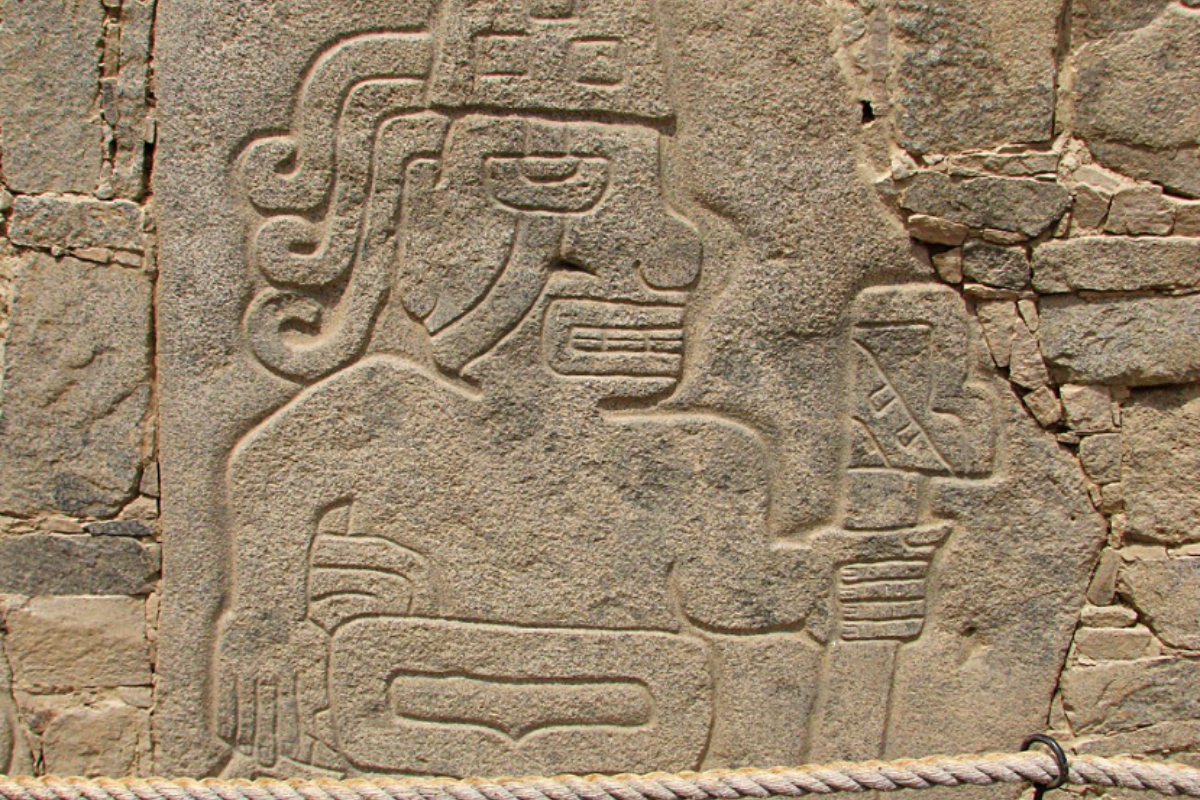
Rising from Peru’s arid Casma Valley stands one of the oldest and most enigmatic stone monuments in the Americas, featuring over 300 stone carvings of dismembered warriors, prisoners, and internal organs in a graphic display of ritual violence dating back approximately 3,500 years.
The graphic stone friezes depict warriors, trophy heads, mutilated bodies, and internal organs in a processional sequence that likely represents actual ritual practices involving the capture, sacrifice, and dismemberment of enemies. The stark desert setting creates a dramatic backdrop for the weathered stone monuments, enhancing the powerful impression of this ancient ceremonial center dedicated to martial prowess and ritual violence.
Beyond the Bucket List
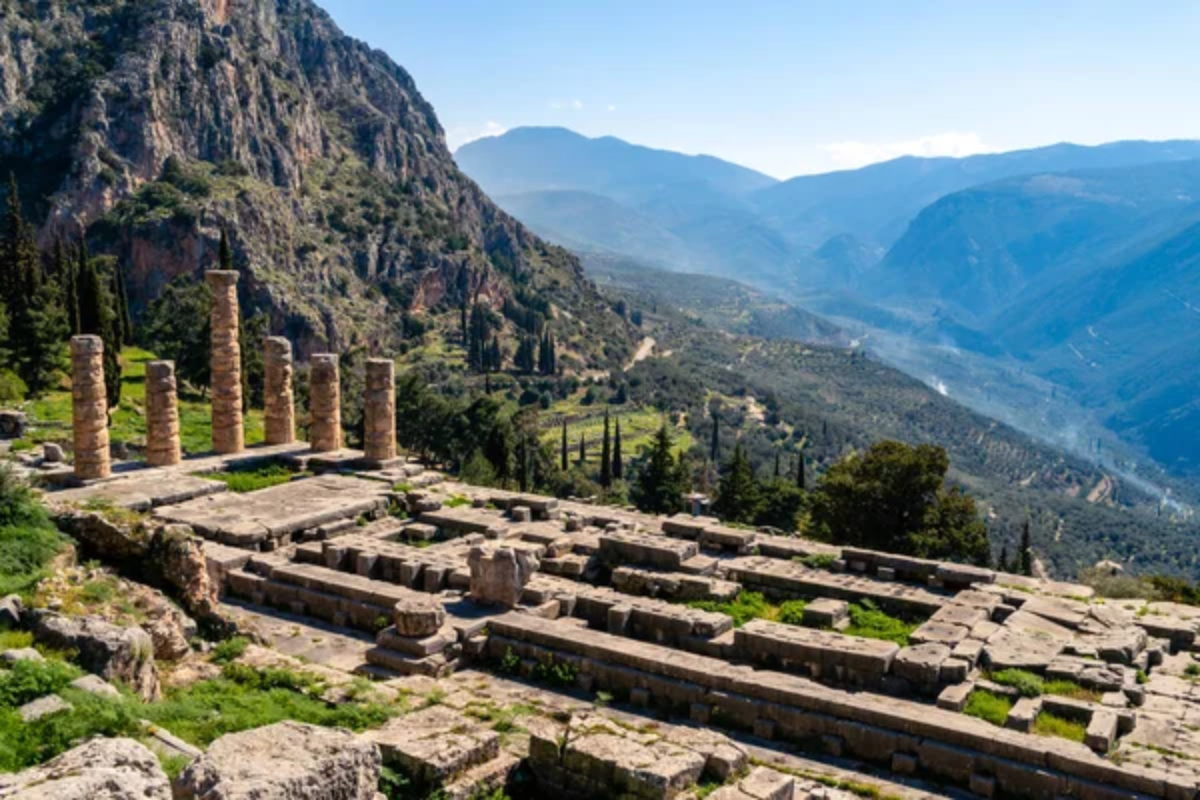
Peru’s archaeological landscape extends far beyond the iconic sites that appear in tourism brochures and social media feeds. Visiting these lesser-known sites offers not just freedom from crowds but opportunities for deeper connections with ancient cultures through unhurried exploration and often more authentic preservation states than heavily reconstructed tourist destinations.
For travelers willing to venture beyond the beaten path, these overlooked archaeological treasures provide profound insights into the remarkable civilizations that flourished in the diverse landscapes of ancient Peru.
Like Travel Pug’s content? Follow us on MSN.
More from Travel Pug

- 20 Mind-Blowing Things You Probably Didn’t Know You Could Do in the U.S.
- The Best Cruise Ship Experiences for U.S. Citizens
- The Best U.S Travel Destinations for Golf Lovers
- The 25 Most Dangerous Cities in the World (Exercise Caution if Travelling There)
- The Best Fall Foliage Spots in New England (Must-See Places)
Like Travel Pug’s content? Follow us on MSN.
